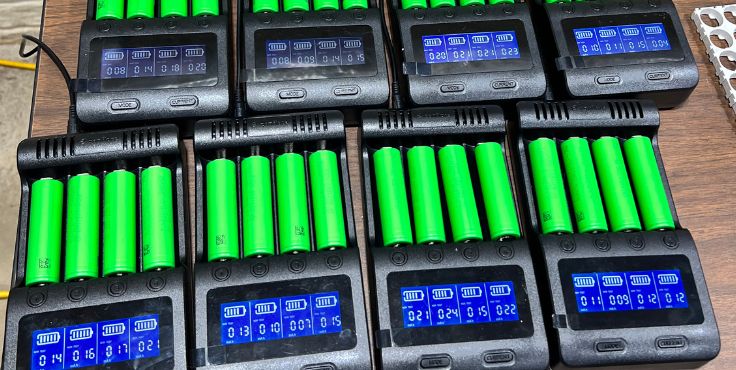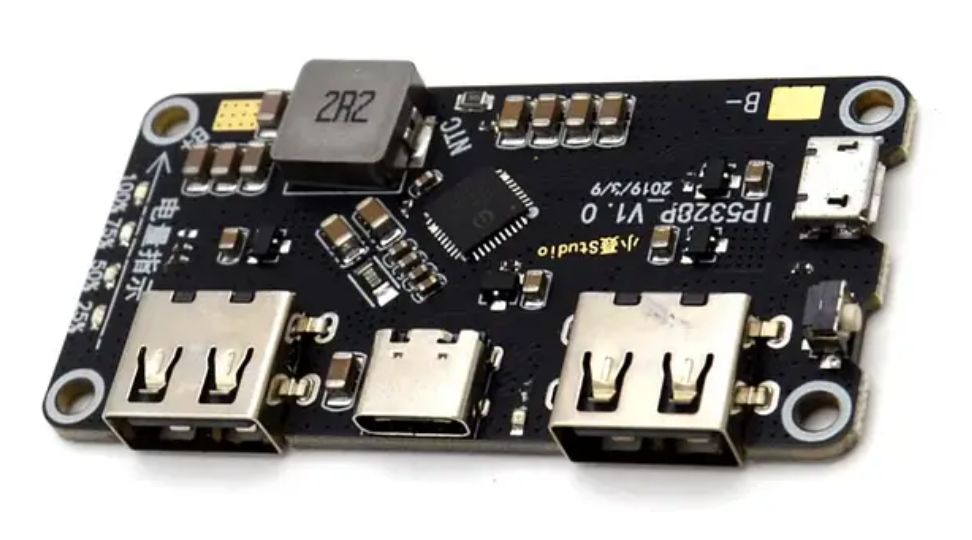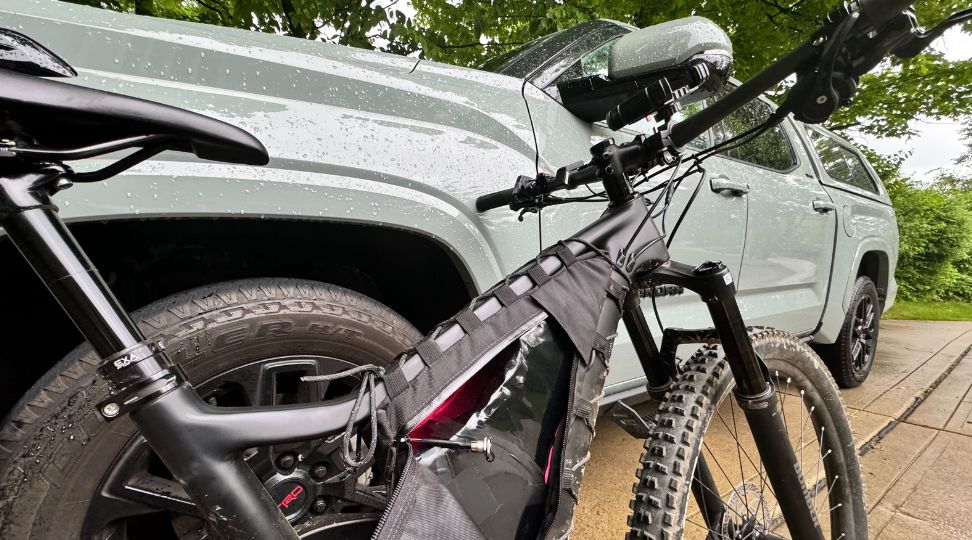
How do you prolong the life of a lithium battery
The best way to prolong the life of a lithium ion battery is to not fully charge or discharge it. Limiting your max charge to 80% (About 4 volts per cell with NMC chemistry) and limiting your discharge to 20% (About 3 volts per cell with NMC chemistry). Other things you can do to prolong the life of a lithium ion battery is to make sure to not draw too much current from it and to not store it in a very hot environment.
Understanding Battery Life Basics
Lithium-ion batteries operate within a specific voltage range. Standard NMC (Nickel Manganese Cobalt) chemistry batteries, for instance, charge fully at 4.2 volts and reach their discharge limit at about 2.8 volts. To fully utilize a battery's rated capacity, you would need to cycle it between these two extremes.
However, this practice leads to a reduced lifespan, limiting the battery to approximately 500 to 800 charge cycles before its capacity drops to 80% of its original state, at which point it's considered significantly degraded.
The Key to Extending Battery Longevity
The secret to prolonging the life of a lithium-ion battery lies in avoiding both full charges and complete discharges. By charging the battery to no more than 4 volts per cell and not allowing it to deplete below 3 volts per cell, you can drastically increase its lifespan to about 1500 to 2000 cycles.
This approach requires a sacrifice in terms of capacity since you won't be using the battery to its full potential. Nonetheless, this trade-off is well worth it for the extended lifespan you gain.
Practical Tips for Extending Battery Life
Oversizing the Battery
When planning for devices or applications where battery life is crucial, consider oversizing the battery. For instance, if you need to power a 100-watt device for eight hours, instead of an 800 watt-hour battery, opt for a 1000 or 1200 watt-hour battery.
This allows you to charge the battery only up to 80% and discharge it to around 20%, keeping it within its most stable and least reactive voltage range. This practice minimizes resistance and heat production, both of which degrade battery life.
Custom Charging and Discharging Strategies
If oversizing the battery is not feasible, you can adopt custom charging and discharging strategies. For example, you can either charge the battery to 100% but only use it down to 20%, or you could charge it only to 80% and use it fully.
These approaches, while not as effective as maintaining both the charge and discharge within optimal ranges, can still offer significant lifespan improvements, potentially increasing the battery's life by 30% to 50%. The easiest way to manage charging is to build a DIY battery charger, allowing precise control over the end charge voltages.
Managing Heat
Heat is the nemesis of lithium-ion batteries. It is generated by current passing through the battery's internal resistance, and the higher the resistance, the more heat produced. Operating the battery within the 3 to 4 volts range minimizes resistance and heat generation, making every amp delivered by the battery more efficient and prolonging its life.
Extending the life of a lithium-ion battery is fundamentally about avoiding extreme voltage levels and managing heat. By adopting strategies that prevent full charges and complete discharges, you can significantly increase the number of cycles your battery can handle before showing signs of degradation.
Oversizing the battery capacity for your needs, employing custom charging and discharging strategies, and minimizing heat exposure are all practical steps you can take to achieve this goal. With proper care, your lithium-ion batteries can serve you longer and more reliably, reducing waste and saving you money in the long run.
We hope this article helped you learn how to prolong the life of your lithium ion battery, thanks for reading!


